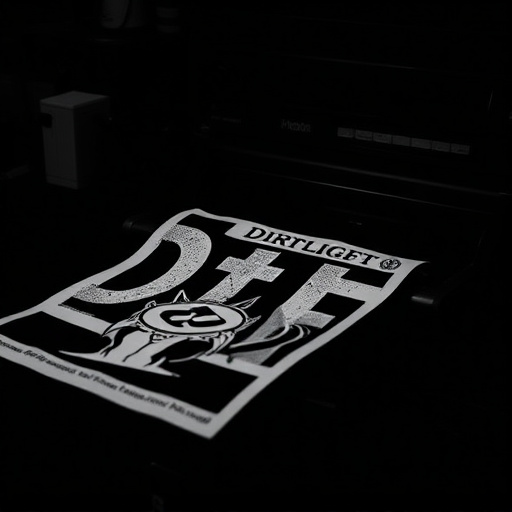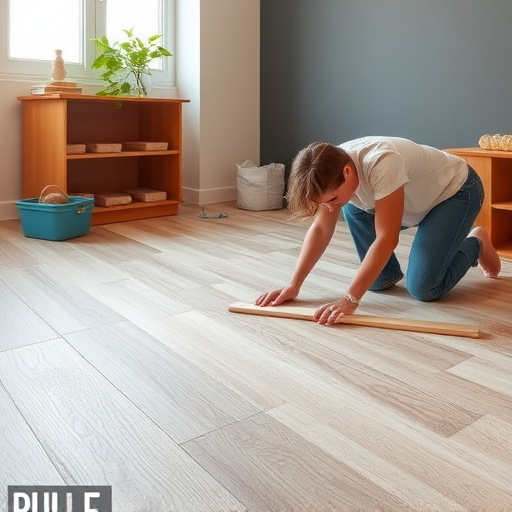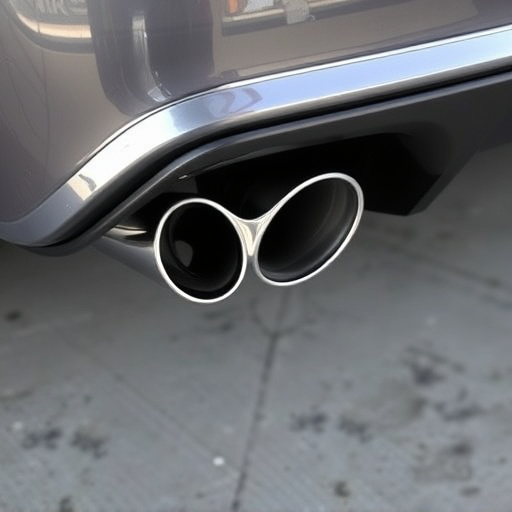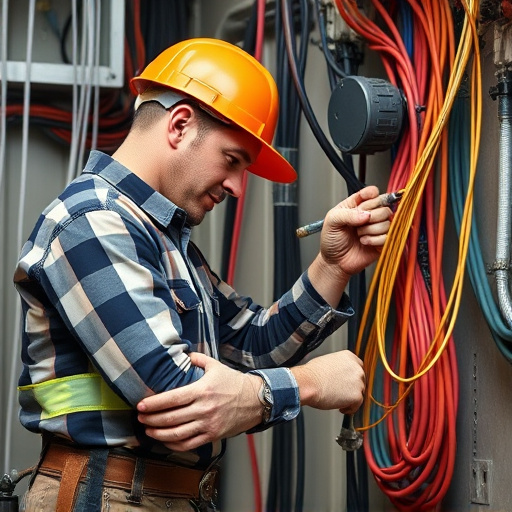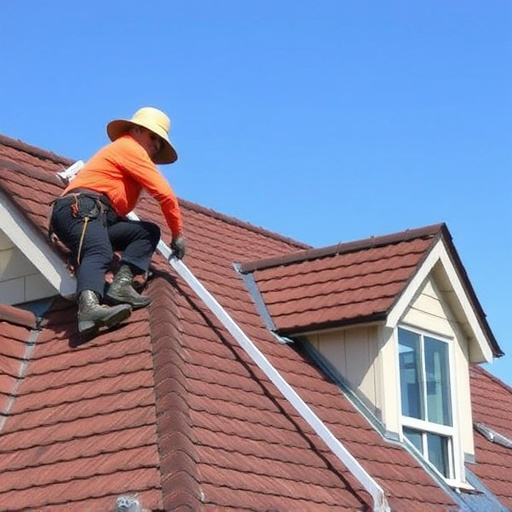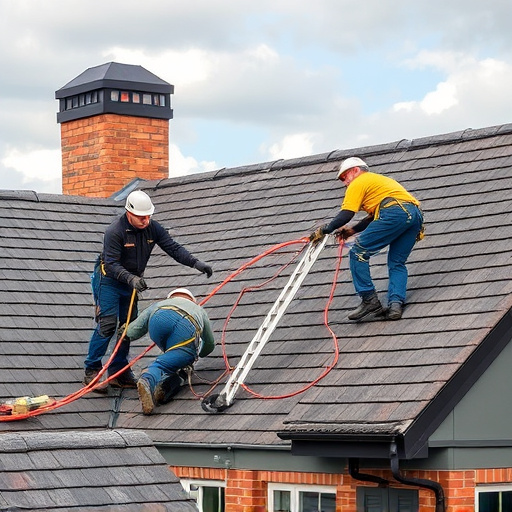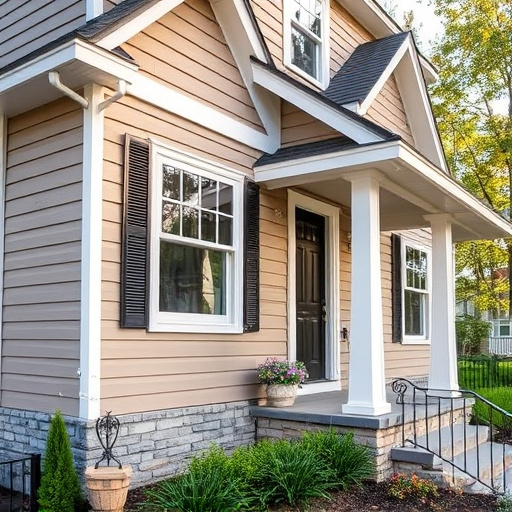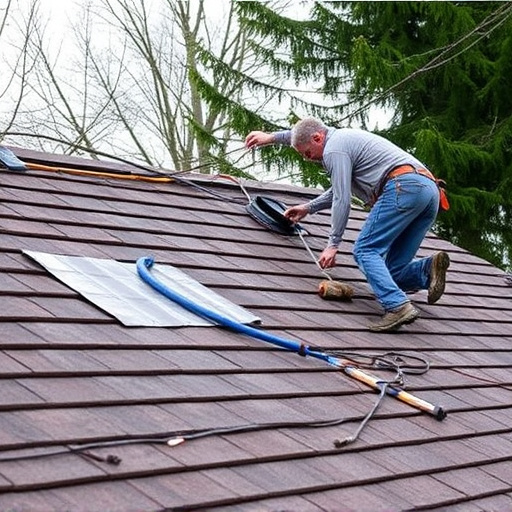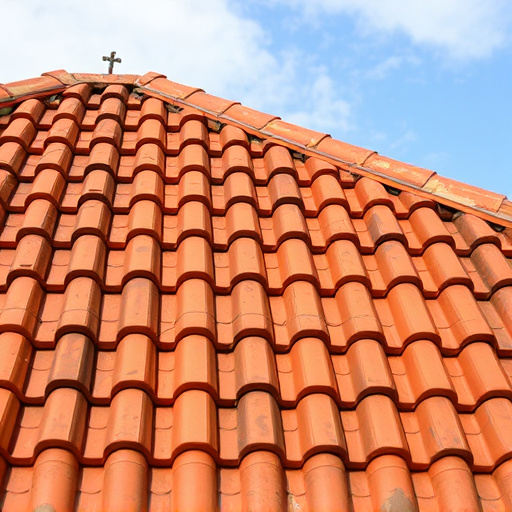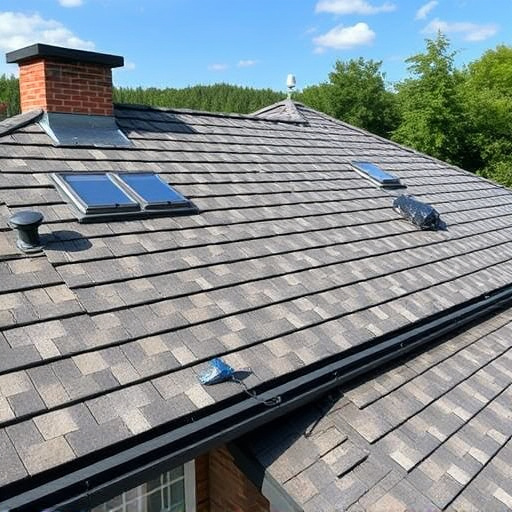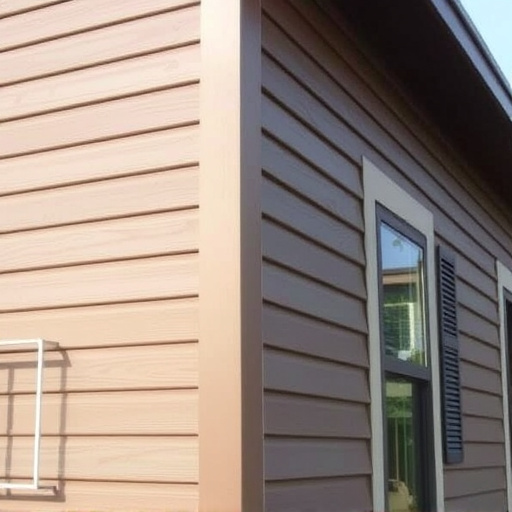Before repairing siding, assess damage ranging from minor cracks and peeling paint to extensive rot or mold. For minimal issues, DIY methods may suffice; otherwise, professional siding repair is crucial for significant structural damage or complex repairs that protect your home's value and prevent future problems. Commercial experts offer long-lasting solutions, while DIY projects are suitable for straightforward, minor siding repairs.
Considering DIY siding repair or hiring a pro? This guide breaks down your options, empowering you to make an informed decision. We explore signs your siding needs professional attention, assess damage scope and severity, and compare DIY vs. professional costs. Additionally, we provide a step-by-step DIY repair guide and outline when to trust a licensed contractor for seamless, durable results. Maximize your time, budget, and home aesthetics by understanding the nuances of siding repair.
- Assessing Your Siding Repair Needs
- – Signs your siding needs professional attention
- – Scope and severity of damage: assessing what needs to be fixed
Assessing Your Siding Repair Needs
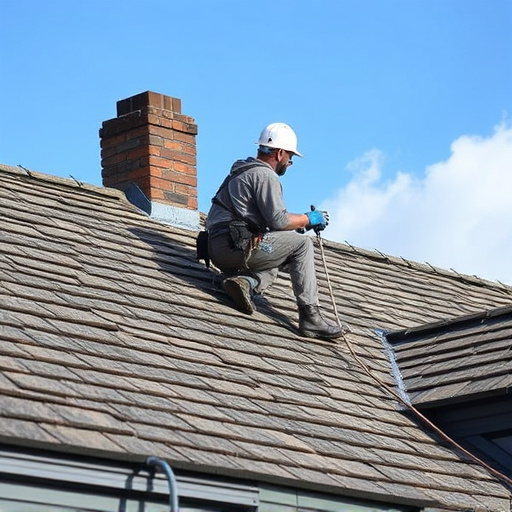
Before deciding between DIY or professional siding repair, it’s crucial to assess your specific needs and the scope of the damage. Start by inspecting your siding for common issues like cracks, peeling, warping, or missing sections. Consider both the visual appeal and structural integrity of your home – damaged siding can impact insulation and energy efficiency. If the repairs are limited to a few minor issues, DIY methods might be suitable, especially if you’re comfortable with tools and have some construction experience.
However, for extensive damage, multiple sections requiring replacement, or complex repair needs, professional roofing services might be the better choice. Commercial or residential roofing companies possess the expertise and equipment needed for thorough siding repair, ensuring longevity and maintaining your home’s overall value. They can also provide valuable insights into the best materials and styles for your siding replacement, enhancing both aesthetics and functionality.
– Signs your siding needs professional attention
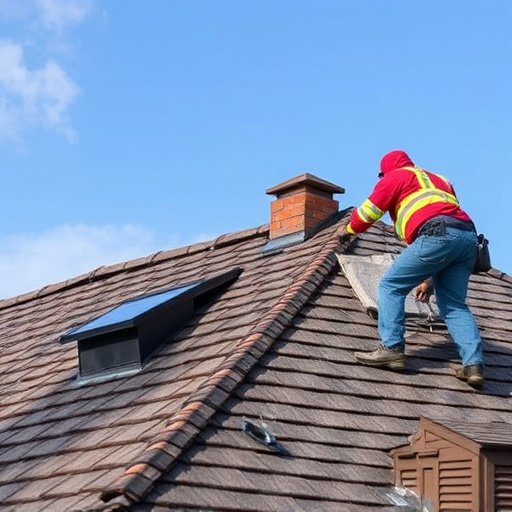
If your home’s siding is showing signs of significant damage, it’s crucial to recognize when professional attention is necessary. One of the clearest indicators that your siding needs expert repair is visible and extensive deterioration. This includes large cracks, peeling or blistered paint, warped panels, or any signs of rot or water damage. These issues not only compromise the aesthetics of your home but also pose potential structural problems if left unaddressed.
Additionally, if you’ve noticed water stains, mold growth, or frequent leaks around windows and doors, it’s a strong signal that your siding is no longer effectively protecting your property. Commercial siding and roofing experts are equipped to handle complex repairs, ensuring long-lasting solutions for both residential and commercial siding repairs. Prompt action on these red flags will help maintain the integrity of your home’s exterior and prevent further complications.
– Scope and severity of damage: assessing what needs to be fixed
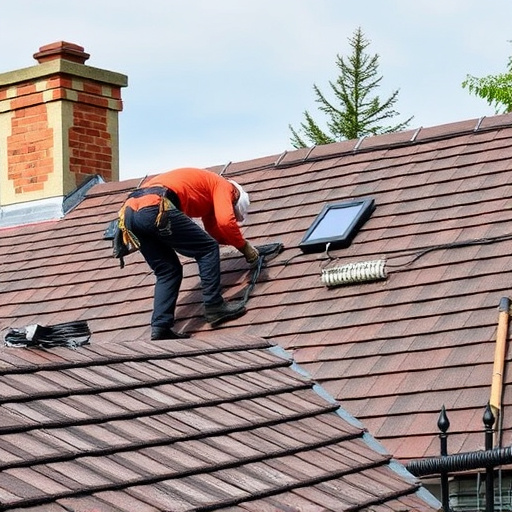
Assessing the scope and severity of damage is a crucial first step when considering DIY vs professional siding repair. Minor issues like loose or missing shingles, small cracks, or slight warping can often be tackled by homeowners with some basic tools and knowledge. These minor repairs not only save on cost but also allow for immediate improvement in your home’s curb appeal.
However, if the damage is extensive – involving large sections of missing or damaged siding, significant structural issues, or complex patterns of rot or decay – it’s best to leave the job to roofing solutions specialists. Professional siding services are equipped with the expertise and tools needed for thorough repairs that ensure longevity and prevent further deterioration, protecting your home investment in the long run.
When deciding between DIY and professional siding repair, it’s crucial to assess the extent of the damage. If your siding exhibits signs of severe deterioration, such as large cracks or extensive rot, professional intervention is recommended. A qualified contractor can handle complex repairs, ensuring a durable and aesthetically pleasing finish. For smaller issues, DIY methods may be suitable, offering cost-effectiveness. However, proper evaluation is essential to avoid further damage and ensure long-lasting results for your siding repair project.

